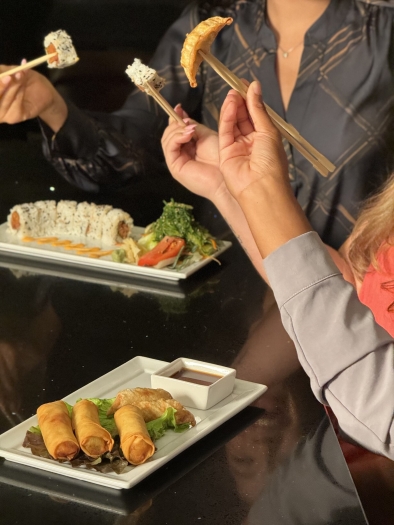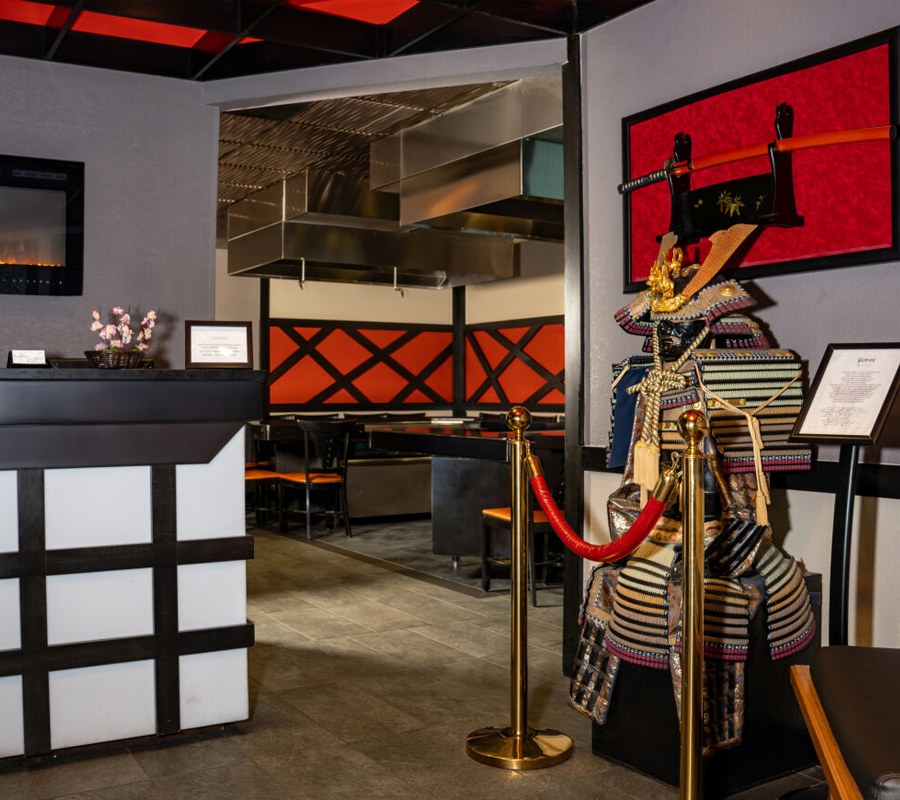Stepping out of your comfort-food zone to try new cuisines and traditional dishes is a fantastic way to learn more about the world around us.
But it isn’t just ingredients, spices, and cooking techniques that can broaden our horizons. In most cultures, there’s an entire system of unique etiquette that accompanies their culinary creations.
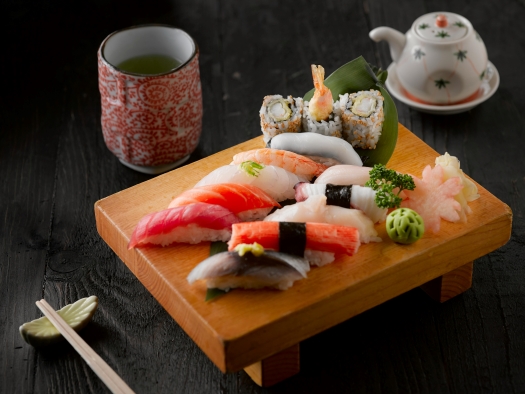
For example, while traditional Japanese dishes like sushi and ramen have become regular mainstays in Western culture, rarely do we consider the Japanese dining etiquette that accompanies them in Japan.
At Shogun Japanese Steakhouse and Sakura Sushi, we’re proud to serve Japanese-inspired teppanyaki and sushi to guests from around the world.
To further enhance your next meal with us, here are some insights to Japanese culinary etiquette to keep in mind.
Table of Contents
Drinking
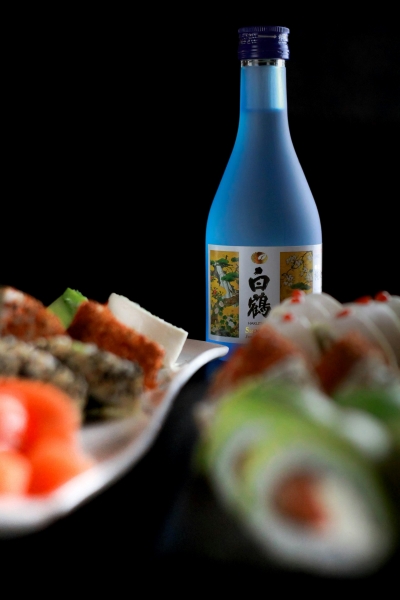
It’s not unusual to begin your meal with an alcoholic beverage like sake or Japanese beer.
There are two things to keep in mind when it comes to drinking at a Japanese table.
The first is to wait to drink until everyone at the table has been served. Then, raise your glasses in a drinking salute as you say “kampai,” which means “empty glass.”
The second Japanese drinking custom is to serve the others at the table rather than pouring your own drink.
Continuously check to see when your friends’ cups are getting low and refill their drinks for them. Someone should do the same for you.
Chopsticks
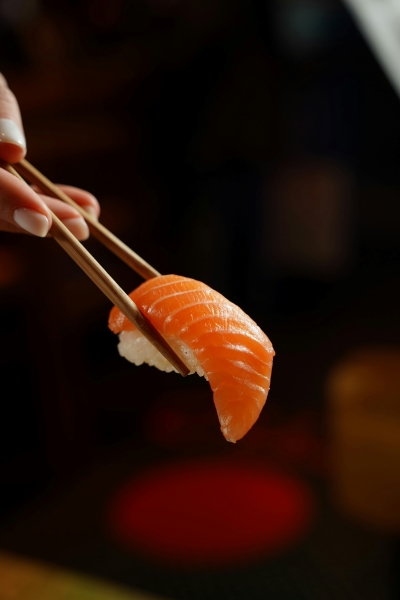
While chopsticks may feel foreign at first, the more you use them, the easier they are to maneuver.
There are, however, some important manners to keep in mind when it comes to dining with chopsticks.
It is considered rude to use your chopsticks to point or gesture at anyone at the table. Even hovering your chopstick over a dish that you think is particularly delicious is in poor taste.
Do not rub your chopsticks together, particularly if they are made of wood. This implies that the restaurant provided you with splintered chopsticks and can be insulting to your host.
If you are going to pass food to someone, do not use chopsticks to do so. This table manner faux pas is reminiscent of a funeral tradition and considered highly rude.
Similarly, stabbing larger pieces of food with chopsticks or leaving your chopsticks sticking straight up out of your food is a reminder of death and Japanese funeral customs.
If you need to rest your chopsticks, the best thing to do is place them beside your plate on the chopstick rest. Placing them on top of your bowl or plate is an indication you are done with your meal, and your server may come and clear your place.
Soup, Noodles, and Rice
Soup, noodles, and rice are all staples of Japanese cuisine.
So it makes sense that there is specific etiquette when it comes to enjoying them throughout your meal.
Many Japanese meals begin with a bowl of warm miso soup.
Traditionally, you wouldn’t eat it with a spoon. Instead, you would use your chopsticks to fish out the larger pieces of seaweed and tofu and then bring the bowl to your mouth and drink the broth straight from the bowl.
When eating noodles, use your chopsticks to bring the noodles to your mouth. Then, drink the broth straight from the bowl or use a small ceramic spoon if it’s been provided.
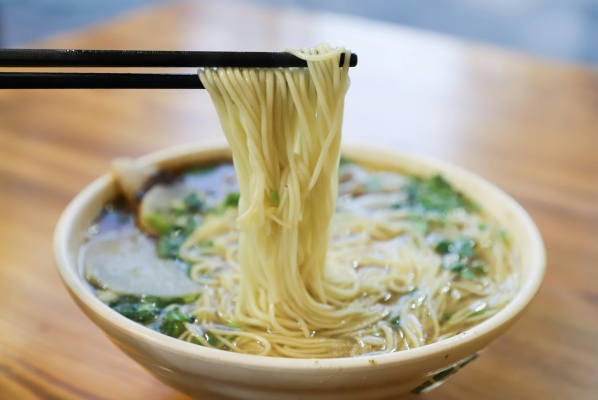
In Japan, you’re also encouraged to loudly slurp your noodles as you eat. Rather than coming across as rude, it’s actually considered a way of showing you’re enjoying your meal.
Additionally, loud slurping while eating noodles is considered practical, helping to cool the hot food while in your mouth and aerating the flavors for a more well-rounded bite.
When it comes to rice, don’t try to pick up individual pieces with your chopsticks and quickly get them into your mouth before they fall.
Instead, lift the small bowl of rice to your chin and use your chopsticks to carefully push the rice into your mouth.
Rice is meant to be enjoyed as a subtle, flavorful component of your meal. Pouring soy sauce on it can be seen as wasteful. Instead, save your soy sauce for other parts of your meal, like sashimi.
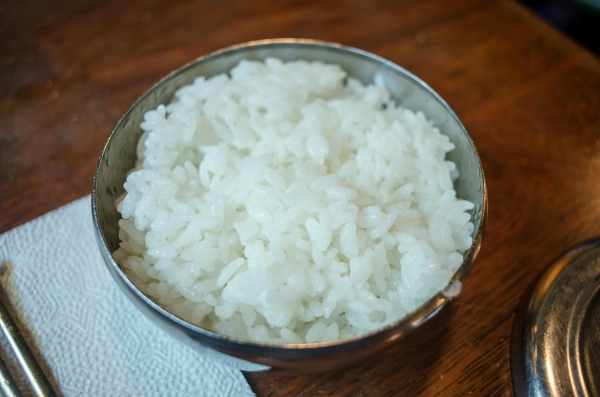
Sushi
Sushi is an ancient Japanese culinary tradition with its own accompanying manners and etiquette.
While in Western cultures, it’s not uncommon to see diners mixing wasabi into their soy sauce for an extra kick, it’s not typically done in Japan.
Since wasabi has such a powerful flavor, it can often mask the subtle balance of an artistically created sushi roll.
It is typically believed that if a sushi roll can benefit from the taste of wasabi, it will already be incorporated into the roll.
When it comes to dipping your sushi in soy sauce, pour just enough into the small dish provided. It’s considered bad manners to waste soy sauce, so try to only pour as much as you’ll be using.
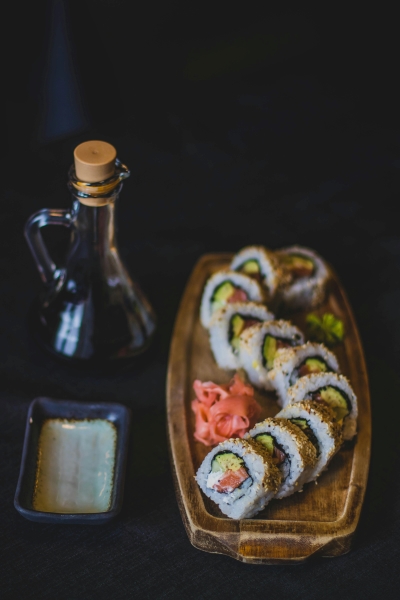
If you’re enjoying nigiri and wish to use soy sauce, dip each piece into your soy sauce dish fish-down so it flavors the fish rather than the rice. With gunkan sushi, pour a small amount of soy sauce over the piece of sushi rather than attempting to dip it.
It is customary to eat a piece of sushi in one bite. Attempting to cut a piece into two will generally cause it to fall apart, ruining the balance of the artfully prepared sushi.
You can either use chopsticks to put a piece of sushi in your mouth, or, traditionally, you can use your hands.
Test your New Etiquette Knowledge at Shogun Japanese Steakhouse and Sakura Sushi
When you dine at Shogun Japanese Steakhouse, you’ll feel comfortable combining Western and Japanese dining etiquette.
We’ve created a fun, welcoming environment where you can try out some of your newly acquired culinary etiquette.
At the end of the day, what matters most to us at Shogun is that you enjoy every bite of your meal and leave with a smile on your face – and we’re confident you will.
